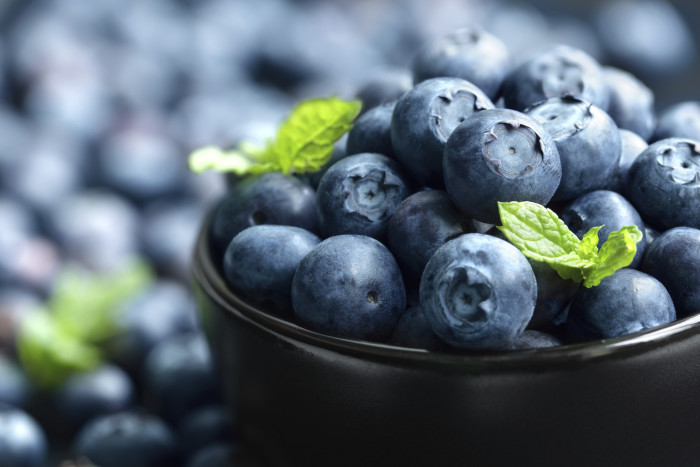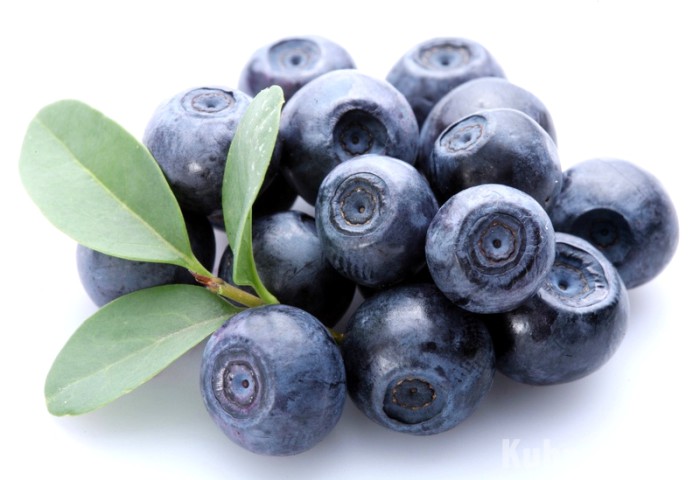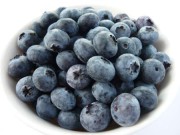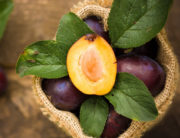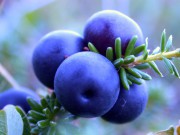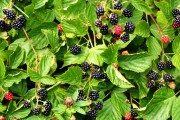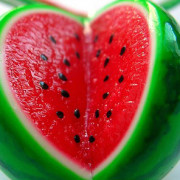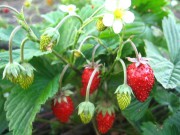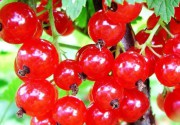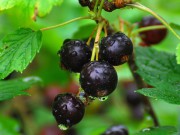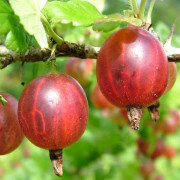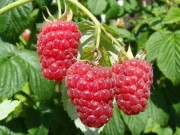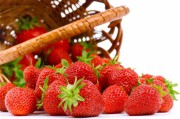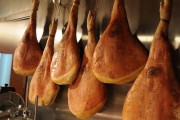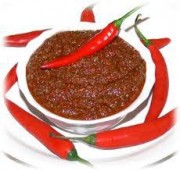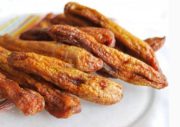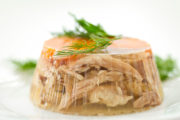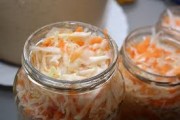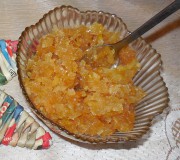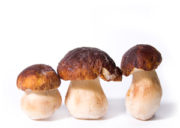Blueberries: beneficial properties and contraindications, description - what blueberries look like.
The common blueberry is a low-growing shrub of the Heather family, no more than 60 cm high with branched stems and leathery, round-ovate leaves.
Flowering time: May - June. It is at this time that small single flowers with a pink-red pitcher-shaped corolla appear. In mid-July, the first juicy fruits ripen - dark blue spherical berries with a light bluish bloom and small seeds. The distribution area is central Russia, as well as its northern regions. In particular: Siberia, the Ukrainian Carpathians, the northern part of Europe, America and Asia. Most often, blueberry thickets are found in moist places, in high bogs, in the lower tiers of pine, spruce and mixed forests.
This wild berry pleases us not only with its rich, sweetly astringent taste, but also enriches the entire body with a number of useful substances. Blueberries contain organic acids (quinic, succinic, malic, lactic, benzoic, oxalic, citric), potassium, sodium, calcium, manganese, vitamins A, E, K, B, C, PP, anthocyanins, iron, tannins, fructose, glucose, sucrose.
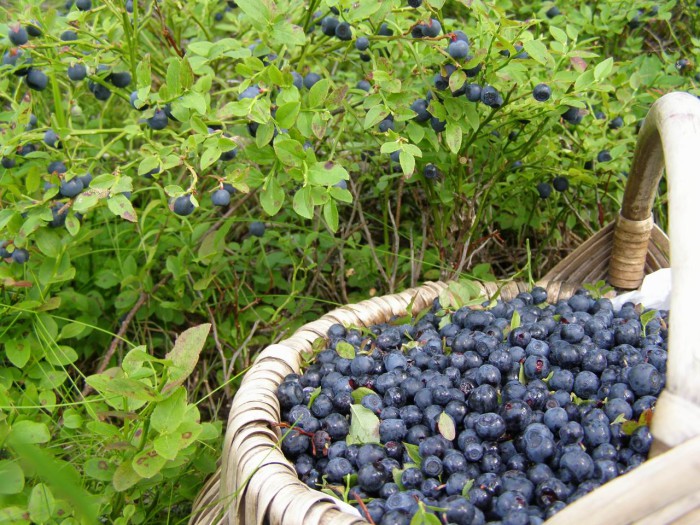
See what blueberries look like in the photo
Content
Beneficial properties of blueberries for the human body.
The optimal ratio of vitamins and minerals in the berry provides anti-anemic, anti-putrefactive, anti-inflammatory, and vascular-strengthening effects.In addition, blueberries are useful for diabetes, skin diseases, rheumatism, vision problems or as a low-calorie dietary product (57 kcal). It is known that its fruits are the most effective remedy for the prevention or treatment of many eye diseases: conjunctivitis, retinal detachment.
In folk medicine, both the berries of the plant and its small leaves are successfully used, decoctions of which are successfully used for diseases of the intestines, stomach, gout, throat diseases, and stomatitis. In addition, blueberries are often used as a general tonic complex drug in the treatment of cancer. Consumption of blueberry fruit drinks is recommended for the prevention of myocardial infarction and thrombosis.

Blueberries in hands — Image by © Gerhard Egger/Corbis
Contraindications
In addition to their undoubted benefits, blueberries can also cause harm to the human body. Thus, contraindications include a tendency to constipation, oxalaturia, diseases of the pancreas, duodenum and individual intolerance.
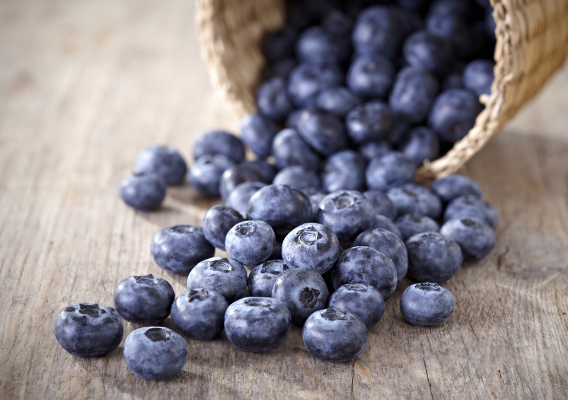
Using and preparing blueberries for the winter
During the blueberry season, it is recommended to consume the berries exclusively fresh. This is the only way the maximum amount of nutrients enters and is absorbed into the body. For winter, blueberries are harvested by drying or heat treatment. They are used to make compotes, preserves, jam, and marmalade. Blueberries are frozen or ground with sugar. In addition, there are recipes for making delicious blueberry juice, fruit drinks, wine, infusions and tinctures. Dried blueberry leaves are used to make tea. The leaves are harvested during the flowering period of the bush. To do this, cut branches are collected in bunches and hung in a well-ventilated area.The leaves are also dried in shaded places in the fresh air, where direct sunlight does not penetrate. After drying, the branches are threshed. Dry leaves are stored in containers with a tight-fitting lid.
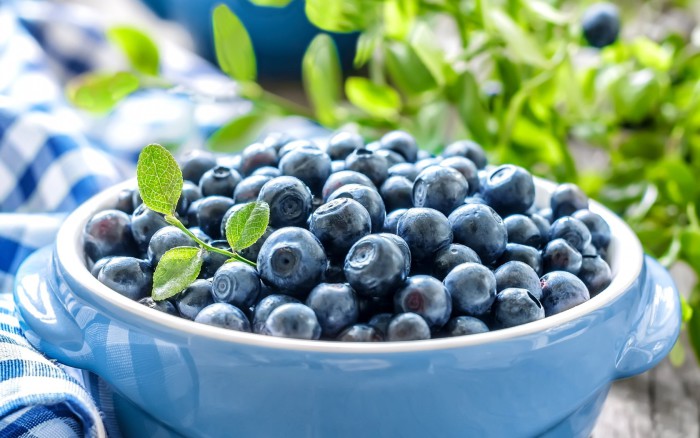
The main task when harvesting blueberries for the winter is to preserve all the beneficial properties of the product, which also has unique taste.

Photo: Blueberries and blackberries.
